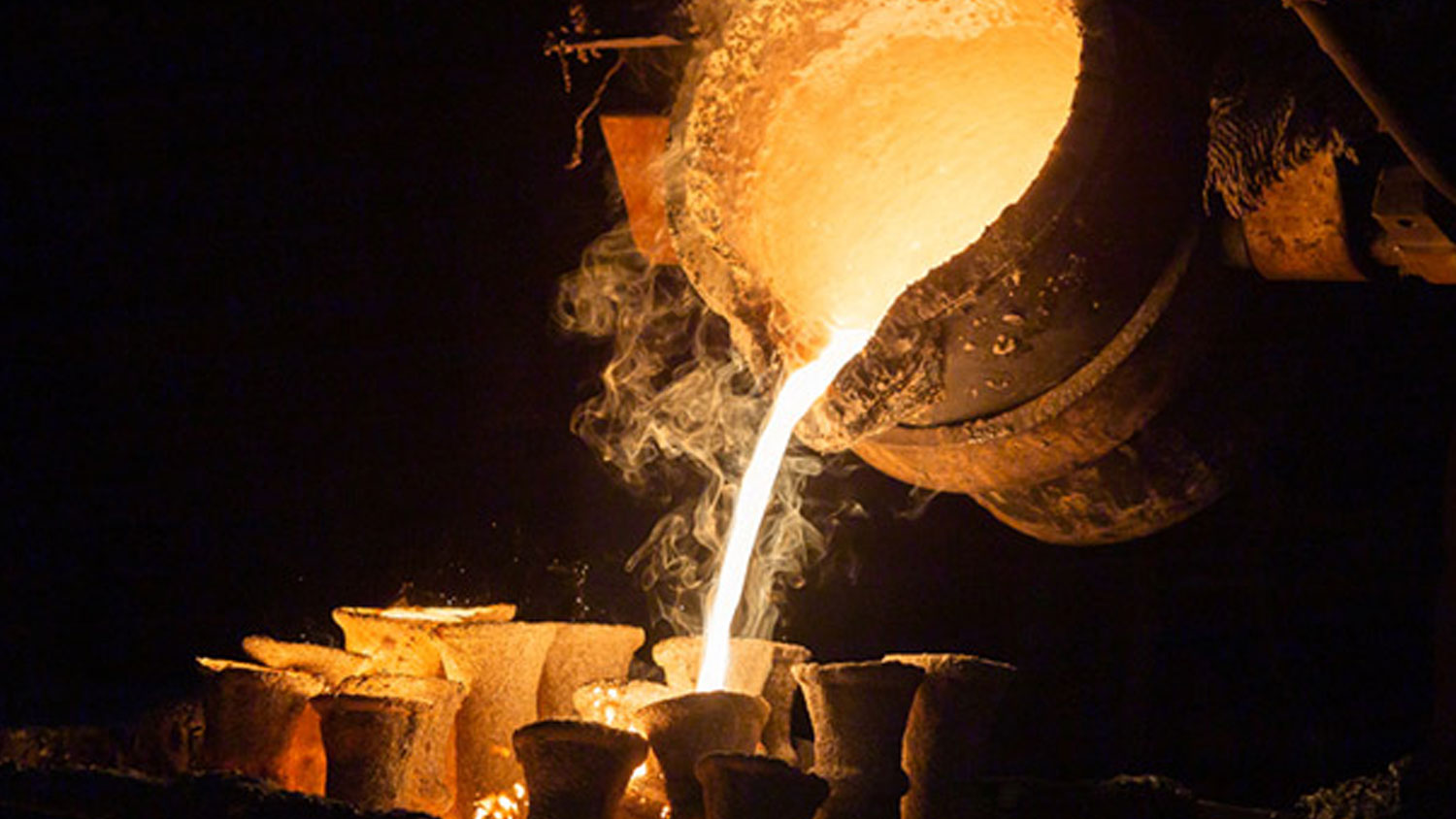
There’s an unmistakable allure to bronze sculptures. The finished product – that beautiful, timeless piece – often bears little resemblance to the malleable origins it emerged from. Today, let me take you behind the scenes, into the very heart of my studio, and share the fascinating journey my sculptures embark upon, from humble clay to resplendent bronze, through the time-honored Lost Wax Casting process.
Creating a bronze sculpture is an intricate dance between artistry and craftsmanship, and it all begins with an idea. The initial concept takes shape in my studio, where I sculpt the original artwork using oil-based clays. These clays are marvelous to work with, offering a level of flexibility and detail that’s unparalleled. However, they’re sensitive to temperature and pressure, making them nearly impossible to transport without risk of damage.
To navigate this, I cast my original sculptures in resin within my studio. This additional step ensures that I have a master mold always at hand – a safeguard that also gives me the freedom to revisit or reproduce the artwork in the future. The resin castings are robust, easy to handle, and can be safely shipped to foundries without the risk of deformation.
Once at the foundry, the magic of the Lost Wax Casting process begins. The term ‘Lost Wax’ might sound enigmatic, but it’s a descriptive label for a fascinating and intricate journey that transforms a piece from resin to bronze.
First, a mold of the resin sculpture is created, usually using rubber or silicone, which is then filled with molten wax to form a replica of the original piece. This wax model is carefully sprued and gated – meaning, a tree-like structure of wax rods is attached to help guide the molten metal to the piece and allow gases to escape.
Then begins the ‘lost’ phase of the process. The wax model is coated in a heat-resistant investment or ceramic shell, layer by layer, until the outer form is sturdy. The sculpture is then heated, and the wax melts and is ‘lost’, leaving behind a hollow shell ready to accept the molten bronze.
The casting is the crescendo of this symphony, where molten bronze is poured into the empty, heat-hardened shell. Once cooled, the shell is meticulously broken away to reveal the bronze sculpture within. It’s a moment of revelation, akin to unwrapping a gift.
Finally, the sculpture undergoes chasing – a refinement phase where imperfections are addressed, sprues are removed, and the piece is polished to perfection. Patination gives the bronze its final color and character, resulting in the artwork that ultimately graces galleries and collections.
For artists like myself, the Lost Wax Casting process is not just a means to an end but an integral part of the creative journey. It’s a collaboration between the artist and the foundry, with each step a testament to the transformative power of craftsmanship. This journey, from clay to resin, from wax to bronze, is a beautiful metamorphosis, much like the alchemy of turning raw inspiration into art.
Fresh Updates from the Studio